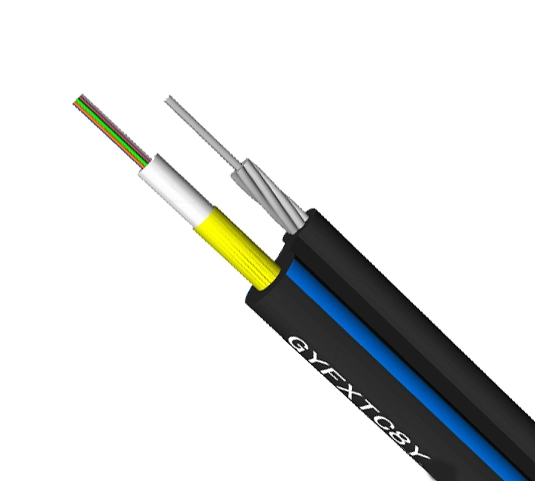
Blog
blog Популярные запросы: patch cord single mode fiber fiber cable fiber optic Multimode optical cable single
Популярные запросы: patch cord single mode fiber fiber cable fiber optic Multimode optical cable single  Текущее местоположение: Home > Блог > Техническая статья
Текущее местоположение: Home > Блог > Техническая статья
 Время обновления:2025-04-12
Время обновления:2025-04-12 Посещаемость:
Посещаемость: 
This article will explore in depth the principles, advantages, and applications of fiber optic cables (OFCs) to enhance data tranSMission speed. Learn how fiber optic cables support high-speed data transmission through their unique characteristics, enabling the development of modern communications and data processing.
Table of Contents:
- Introduction to fiber optic cables
The principle of fiber optic cable to enhance data transmission speed
The advantages of fiber optic cables in data transmission
Application of fiber optic cables in different scenarios
The future development of fiber optic cables
Optical fiber cable (OFC) is a communication cable that uses optical fiber for signal transmission. It consists of a glass or plastic fiber (core) in the center, a cladding that wraps the core, and an external protective cover. Optical signals travel in the core, and the cladding plays a role in restricting the optical signal within the core. The protective cover provides mechanical protection and environmental protection. With the rapid development of information technology, fiber optic cables play an increasingly important role in the field of data transmission.
Optical fiber cable to improve the speed of data transmission is mainly based on the characteristics of light. Light has an extremely high frequency, which makes it capable of carrying a large amount of data information. In fiber optic cable, data is encoded into optical signals, and through specific modulation techniques, such as intensity modulation, the electrical signal is converted into an optical signal. Light propagates in a total reflection manner in the fiber core, with almost no energy loss. Compared with traditional copper cable, copper cable transmits data through electrical signals. Electrical signals are affected by factors such as resistance and capacitance during transmission, resulting in signal attenuation and interference, which limits the data transmission speed. And optical signal transmission in fiber optic cable is almost unaffected by these factors, enabling long-distance, high-speed data transmission. For example, in long-distance backbone networks, fiber optic cables can transmit data at speeds of gigabits per second or even higher, far exceeding the transmission capacity of copper cables.
The first is the bandwidth advantage. Fiber optic cables have an extremely wide bandwidth and can simultaneously transmit a large number of optical signals of different frequencies, which means they can carry more business and data traffic. Whether it is high-resolution video streaming, large-scale data file transfer or real-time online games, which require extremely high bandwidth applications, fiber optic cables can easily handle. The second is strong anti-interference ability. Since optical signals are not affected by electromagnetic interference, fiber optic cables can still maintain stable data transmission in complex electromagnetic environments, such as substations, factories and other places, without signal distortion or interruption. Furthermore, low attenuation. When optical signals are transmitted in fiber optic cables, the attenuation is very small, which allows fiber optic cables to achieve long-distance relay-free transmission, reducing the use of signal amplification and relay equipment, and reducing costs and maintenance difficulties.
In the backbone network of the Internet, fiber optic cable is an important infrastructure connecting various regions and countries. It undertakes a large number of data transmission tasks around the world, ensuring that information can be quickly and accurately transferred between different network nodes. Inside the data center, fiber optic cable is also widely used. Data centers need to process and store massive amounts of data, and have extremely high requirements for data transmission speed and stability. Fiber optic cable can meet these requirements and realize high-speed data interaction between servers, between storage devices, and between servers and storage devices. In addition, in home networks, with the popularity of fiber-to-the-home (FTTH) technology, fiber optic cables are directly connected to users' homes, providing users with high-speed and stable Internet access services, allowing users to smoothly watch high-resolution videos, conduct online office and entertainment activities.
With the development of 5G technology and the rise of emerging technologies such as the Internet of Things and big data, the requirements for data transmission speed and capacity will be further improved. Fiber optic cables will continue to undergo technological innovation and upgrades to meet future needs. For example, researchers are developing higher-performance fiber optic materials and more advanced light modulation technologies to further improve the data transmission speed and capacity of fiber optic cables. At the same time, the application field of fiber optic cables will also continue to expand. In addition to traditional communication and data processing fields, they will also play an important role in more fields such as intelligent transportation and medical care.
 995
995


Телефон: +86 027-65523878
